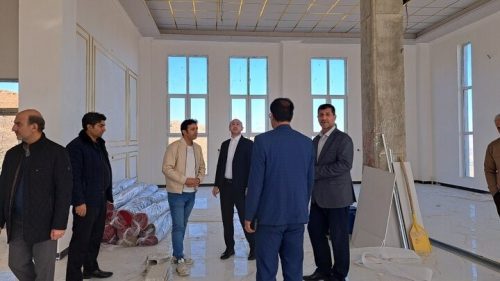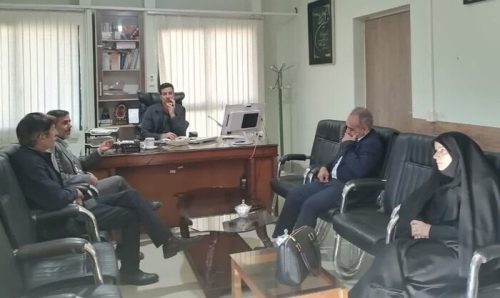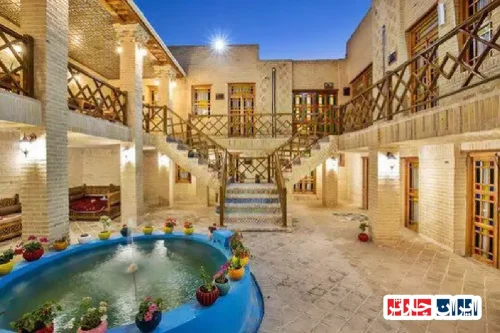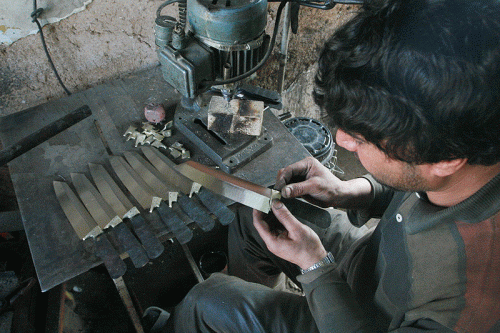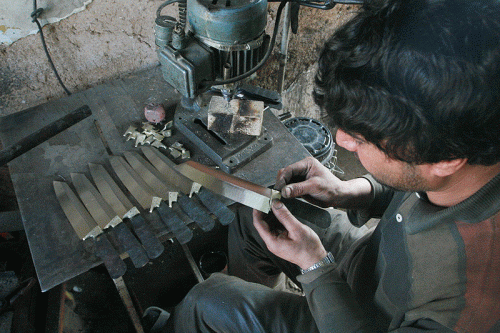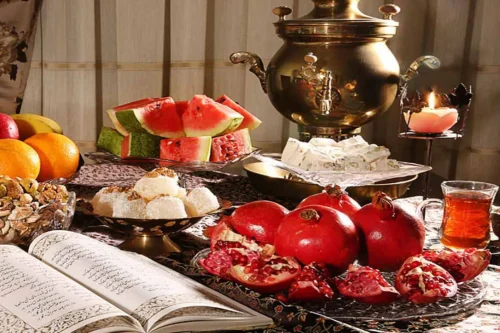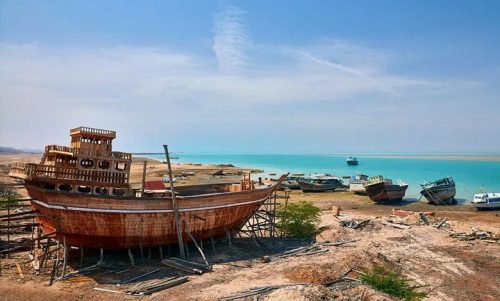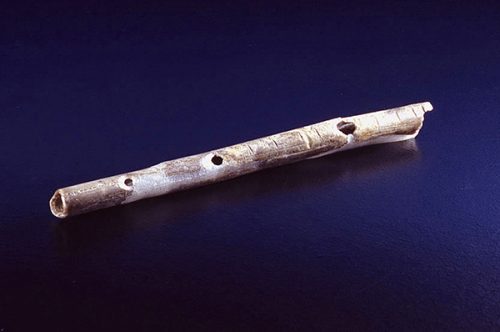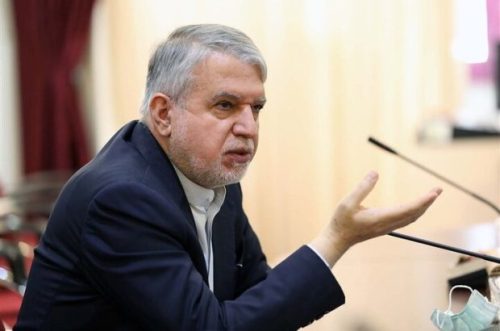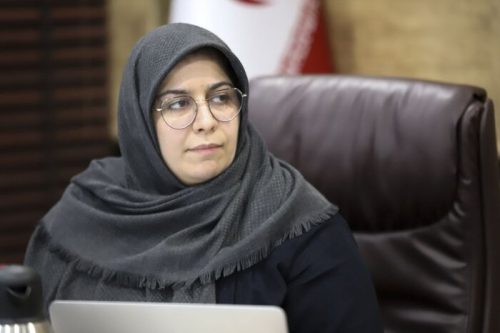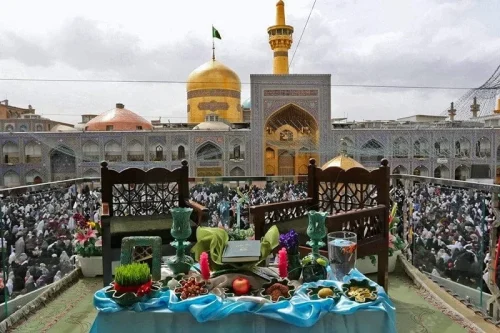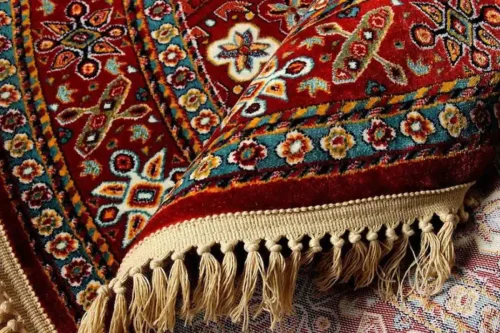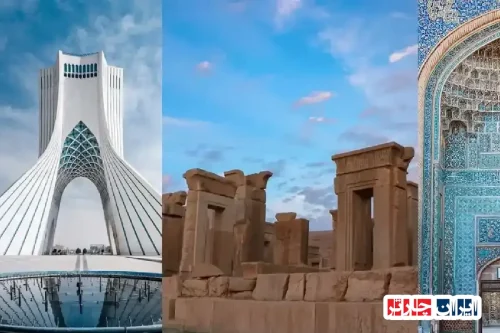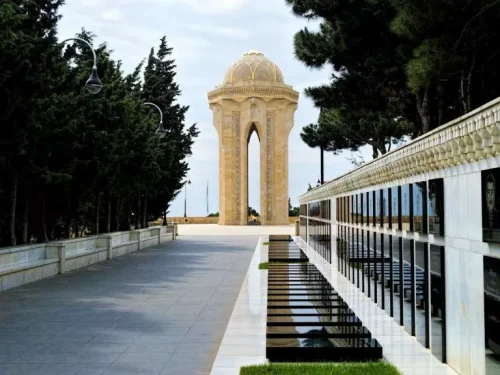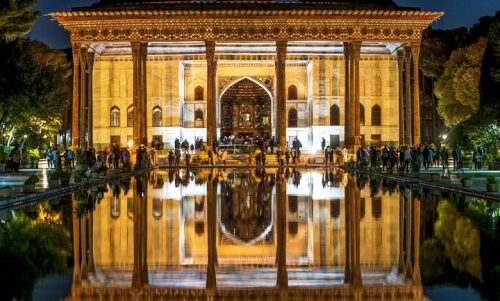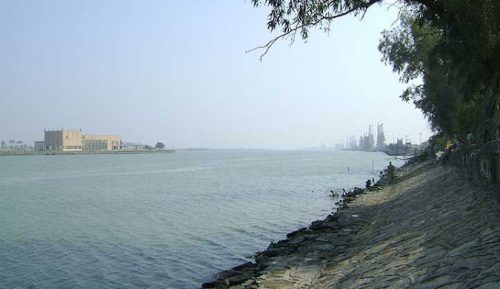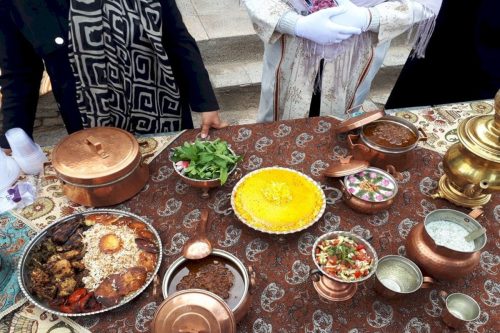Step Into the Past: Experience Iran’s Historic Journeys with Iran Charter
A Deep Bond Between Iran’s Rich History and Culture
Every corner of Iran tells a story—a tapestry woven from centuries of tradition, art, and wisdom. The ancient streets, majestic ruins, and vibrant bazaars serve not only as reminders of a bygone era, but also as living connections between past and present. In these places, the spirit of historic journeys comes alive, inviting travelers to immerse themselves in cultural celebrations and age-old traditions. As you explore, you may find that every monument and local custom resonates with a deep heritage that informs modern society. This immersive experience goes far beyond sightseeing; it is an opportunity to engage with a legacy that continues to shape the identity of Iran. Embrace this cultural odyssey and let it reveal the true grandeur of a nation that cherishes its roots. Step Into the Past: Experience Iran’s Historic Journeys with Iran Charter provides you with a gateway to discover these enduring values and timeless narratives.
The Historical Value of Mazandaran Amid Ancient Civilizations
The region of Mazandaran stands as an exemplary testament to the convergence of nature and history. Nestled alongside the Caspian Sea, its lush landscapes and resilient monuments bear witness to numerous epochs of prosperity and challenge. Visitors encounter a rich legacy where ancient fortresses, archaeological sites, and captivating folklore blend seamlessly into the present-day culture. This region encapsulates the enduring spirit of ancient civilizations that once thrived here, bridging eras with traditions that are preserved in local crafts, culinary delights, and oral histories. As travelers delve into Mazandaran’s past, they are presented with a compelling journey that highlights not only architectural marvels but also the evolution of cultural practices—each layer offering insights into the enduring resilience of an area steeped in natural beauty and historical significance. Embrace this journey to truly understand how history shapes identity.
Preserving Cultural Heritage in Revered Museums and Historic Institutions
Across Iran, museums serve as sanctuaries for cultural heritage, carefully curating artifacts that illuminate the nation’s storied past. These institutions house relics of dynasties, intricate art pieces, and manuscripts that chronicle centuries of intellectual and artistic achievement. Visiting these repositories is akin to stepping back in time, where every exhibit tells a unique story of conquests, revolutions, and enduring creativity. Curators and historians work diligently to protect these treasures, ensuring that the knowledge and experiences of earlier generations remain accessible for future interpretation. This commitment to preservation transforms museums into vibrant hubs of learning and reflection, where visitors can gain a deeper appreciation of how historical influences persist in today’s world. In this pursuit, the narrative of legacy is interwoven with modern ambition, reaffirming the unique opportunity to immerse oneself in Iran’s illustrious past. Such experiences inspire travelers to continue exploring the country’s rich tapestry of heritage.
Historical Landmarks and the Emergence of Art Across Iran
Iran is home to a wealth of architectural wonders and public spaces that vividly illustrate the evolution of artistic expression over time. Grand mosques, intricately decorated palaces, and ancient bridges are more than mere structures—they are living embodiments of stories that have shaped cultural consciousness. As visitors traverse these historic landmarks, they are greeted by displays of aesthetic brilliance that reflect eras of enlightenment and innovation. Museums, galleries, and street art further enrich this dialogue, blending traditional motifs with contemporary interpretations. This dynamic interplay between the old and the new fuels a creative energy that permeates everyday life, inviting both locals and visitors to appreciate the transformative power of art in capturing the essence of historical journeys. Whether you are an art lover, a history enthusiast, or simply curious about cultural evolution, every landmark offers a unique perspective on the artistic legacy that continues to inspire.
Merging Literature with History in Cultural Narratives
Beyond physical monuments, Iran’s literary tradition offers a profound insight into its historical evolution. Over the centuries, poets, novelists, and storytellers have chronicled the triumphs, trials, and traditions of a vast and diverse civilization. These literary works serve as cultural mirrors, reflecting the values, philosophies, and social dynamics of their time. They weave together threads of myth and reality, allowing readers to transcend time as they delve into epic tales of love, loss, and resilience. This symbiotic relationship between literature and history not only enriches the cultural landscape but also provides an avenue for modern audiences to connect with their heritage. As narratives are passed down through generations, they reinforce the importance of storytelling as a medium to preserve the spirit of the past and inspire future explorations. This blend of literature and history encourages a deeper engagement with the legacy of a nation that has so much to offer.
The Qajar and Pahlavi Eras: Stories of Transition Through Time
The epochs of the Qajar and Pahlavi dynasties occupy a significant chapter in Iran’s long chronicle of history. These eras, marked by intricate social transformations and notable architectural achievements, highlight the complex interplay between tradition and modernity. Grand palaces, intricate gardens, and public squares from these periods speak volumes about the cultural and political shifts that have taken place over time. As you explore the remnants and restored sites from these dynasties, you begin to understand how narratives of power, reform, and resilience intertwine with the everyday lives of the people. These historical periods are not merely isolated chapters—they offer a lens through which the evolution of national identity and social structures can be appreciated. The legacy of these eras continues to influence contemporary culture, guiding modern interpretations of what it means to be part of a timeless tradition.
National Identity: Celebrating Mother Tongue and Enduring Local Traditions
At the heart of Iran’s cultural heritage lies its national identity, a mosaic of language, customs, and shared values. The beauty of the mother tongue and the richness of local traditions serve not only as cultural markers but also as living expressions of pride and belonging. Traditional music, dance, and local festivities are cherished as manifestations of an identity that has evolved over millennia. Communities keep these traditions alive through persistent cultural practices, storytelling, and artisan craftsmanship. As modern influences blend with ancient customs, there emerges a unique synergy that celebrates both continuity and change. This powerful dialogue between preservation and innovation reinforces the idea that national identity is not static but a dynamic force that adapts while honoring its deep-rooted heritage. It is in this vibrant context that travelers are invited to explore the authentic essence of Iran.
Historical Tourism: Where Nature Meets the Legacy of the Past
Iran’s diverse landscapes, from sun-kissed deserts to verdant mountain ranges, provide the perfect backdrop for journeys that unite the splendor of nature with the richness of history. Historical tourism here is more than visiting ancient ruins—it is about experiencing the harmonious coexistence of natural beauty and cultural legacy. Every site, whether it be a secluded ancient settlement or a bustling medieval market, tells a story deeply intertwined with the land. Nature itself plays a vital role in this narrative, offering breathtaking vistas and serene environments that enhance the experience of historical exploration. As travelers traverse these scenic landscapes, they are reminded that the past is not confined to books or monuments, but lives in the very soil and atmosphere of the country. This seamless blend of nature and history invites visitors to engage fully with all facets of Iran’s enduring story.
Reimagining History: A Fresh Perspective on Past and Future
In today’s ever-changing world, reinterpreting historical narratives is essential to appreciate both legacy and potential. A modern outlook on history involves a dialogue between traditional accounts and contemporary perspectives, allowing for new insights and innovative expressions of cultural identity. This dynamic approach encourages visitors to view historic sites not only as relics of the past, but as living legacies that continue to evolve alongside modern life. In this renewed perspective, ancient wisdom meets present-day creativity, paving the way for future cultural achievements. Travelers are invited to reflect on how past events have shaped current trends and how they will continue to influence tomorrow. Embracing this progressive mindset, Step Into the Past: Experience Iran’s Historic Journeys with Iran Charter offers a transformative encounter where remnants of bygone eras inform a vibrant, ever-evolving cultural narrative.

Frequently Asked Questions
- What is Iran Charter?
- Iran Charter is a travel platform focused on history and culture, offering diverse travel services and guided tours.
- What services does Iran Charter offer?
- The platform provides historical tours, museum visits, and various cultural events tailored to enrich your travel experience.
- What are the main features of the historical museums in Mazandaran?
- Mazandaran’s museums showcase a rich collection of historical artifacts and engaging exhibits that reflect the region’s cultural heritage.
- What types of cultural exhibitions are featured in Mazandaran?
- Exhibitions range from historical displays and ethnographic collections to art showcases and interactive displays for children.
- What benefits does visiting historical museums provide?
- Visiting these museums strengthens cultural awareness, enhances educational insights, and provides a visual journey into the past.
- Are the exhibitions suitable for children?
- Yes, many exhibitions include interactive segments designed to educate and entertain children.
- How is local history and culture showcased in the exhibitions?
- Local history is presented using authentic artifacts, historical documents, and engaging interactive displays that bring the past to life.
- Does Iran Charter provide special programs for individuals with special needs?
- Yes, the services and tours are designed to be accessible, ensuring that individuals with special needs can enjoy the cultural experiences.
- How can one participate in Iran Charter tours?
- You can visit the Iran Charter website at irancharter.ir, browse the available tours, and easily book the one that suits your interests.
- What are the advantages of joining cultural tours?
- Cultural tours provide an opportunity to explore historical sites, gain firsthand insights, and experience local traditions under expert guidance.
- How does Iran Charter present information about its tours?
- Detailed information including itinerary, timing, and services is clearly provided on the Iran Charter website.
- What is the process of booking a tour with Iran Charter?
- Booking a tour involves selecting the desired tour, filling in your details, and completing the payment process online.
- What factors should be considered when planning a trip to historical sites?
- It is important to consider the best time to visit, weather conditions, and to gather adequate details about the historical site.
- Do Iran Charter tours include guided assistance?
- Yes, most tours are accompanied by knowledgeable guides who share in-depth insights about the history and attractions of the region.
- How can one gain a deeper understanding of the region’s culture and history?
- Participating in organized tours, visiting museums, and consulting reputable sources are great ways to deepen your cultural knowledge.
- How does Iran Charter contribute to promoting history and culture?
- By organizing cultural events and historical tours, Iran Charter plays a significant role in preserving and sharing the region’s heritage.

